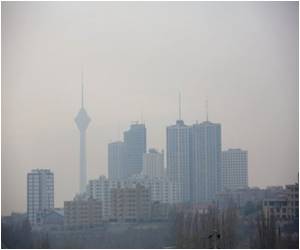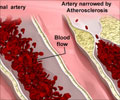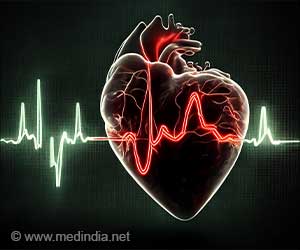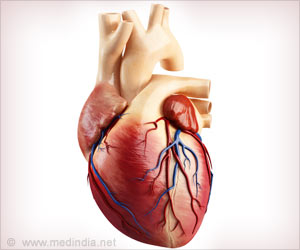Air pollution and noise pollution may boost a person's risk of developing heart disease, say German researchers.

The research will be presented at ATS 2013.
"This study is important because it says that both air pollution and noise pollution represent important health problems," said Dr. Philip Harber, a professor of public health at the University of Arizona who was not involved in the research. "In the past, some air pollution studies have been dismissed because critics said it was probably the noise pollution that caused the harm, and vice versa. Now we know that people who live near highways, for instance, are being harmed by air pollution and by noise pollution."
Using data from the Heinz Nixdorf Recall study, an ongoing population study from three neighboring cities in the Ruhr region of Germany, Dr. Hoffmann and her colleagues assessed the long-term exposure to fine particulate matter with an aerodynamic diameter <2.5 µm (PM2.5) and long-term exposure to traffic noise in 4238 study participants (mean age 60 years, 49.9% male).
The exposure to air pollutants was calculated using the EURopean Air Pollution Disperson, or EURAD, model. Exposure to traffic noise was calculated using European Union models of outdoor traffic noise levels. These levels were quantified as weighted 24-hour mean exposure (Lden) and nighttime exposure (Lnight).
To determine the association of the two variables with cardiovascular risk, the researchers looked at thoracic aortic calcification (TAC), a measure of subclinical atherosclerosis.
Advertisement
After controlling for these variables, the researchers found that fine-particle air pollution was associated with an increase in TAC burden by 19.9 % (95%CI 8.2; 32.8%) per 2.4µg/m3. (To put that increase in perspective: in the United States, the Environmental Protection Agency recently revised the overall limit downward from 15 to 12µg/m 3).
Advertisement
Among subgroups of participants, the researchers found even stronger associations. The interaction of PM2.5 and TAC was clearer among those younger than 65, participants with prevalent coronary artery disease and those taking statins. In contrast, the effect of Lnight was stronger in participants who were not obese, did not have coronary artery disease and did not take statins.
Although the cross-sectional design of this study limits the causal interpretation of the data, Dr. Hoffmann said, "both exposures seem to be important and both must be considered on a population level, rather than focusing on just one hazard."
She added that her research group plans to conduct a longitudinal analysis with repeated measures of TAC over time.
Source-Newswise











